I've spent the better part of two weeks testing what might be one of the best smartphone options for sustainability of the year, and it's more than a little exciting. When it comes to 'green' technology, smartphone manufacturers are making powerful strides towards the development of sustainable practices. According to Fair Planet, "41 million tonnes of e-waste is produced each year", and "less than 16 per cent" is recycled, and smartphones make for a considerable chunk of that waste.
The reason for this unprecedented waste is largely the result of irreparable designs: smartphones that are unsupported by software, and when damaged, can't be repaired at home, instead costing hundreds for simple component replacement.
So, as an answer to the growing epidemic of e-waste, among other drastic worldly crises, smartphone manufacturer Murena released its stellar Fairphone 5, a singularly brilliant environmentally-friendly phone at a budget price.
I'll be delving into what makes the Fairphone 5 so worthwhile for environmentally-conscious buyers, whilst also seeing whether its modular components hold up to the competition: this unbiased look at the Fairphone 5 covers the good, the great, and areas where this nifty mid-range option can improve.

Pros
- Fantastic environmentally friendly design
- A secure, tracker-free smartphone experience
- Soild cameras for good photography
Cons
- The audio has a muffled, tinny sound
| Cameras: | Dual 50MP rear cameras, 50MP front camera |
| Display: | 6.46-inch OLED, 1224 x 2700 pixels, 90Hz refresh rate, Corning Gorilla Glass 5 |
| Processor: | Qualcomm QCM6490 |
| RAM: | 8GB LPDDR4X |
| Storage: | 256GB, expandable via microSD |
| Battery life: | 4200 mAh, supports 30W fast charging |
| Dimension: | 161.6 x 75.8 x 9.6 mm (H x W x D) |
| Weight: | 212 g |
Out of the box: first impressions
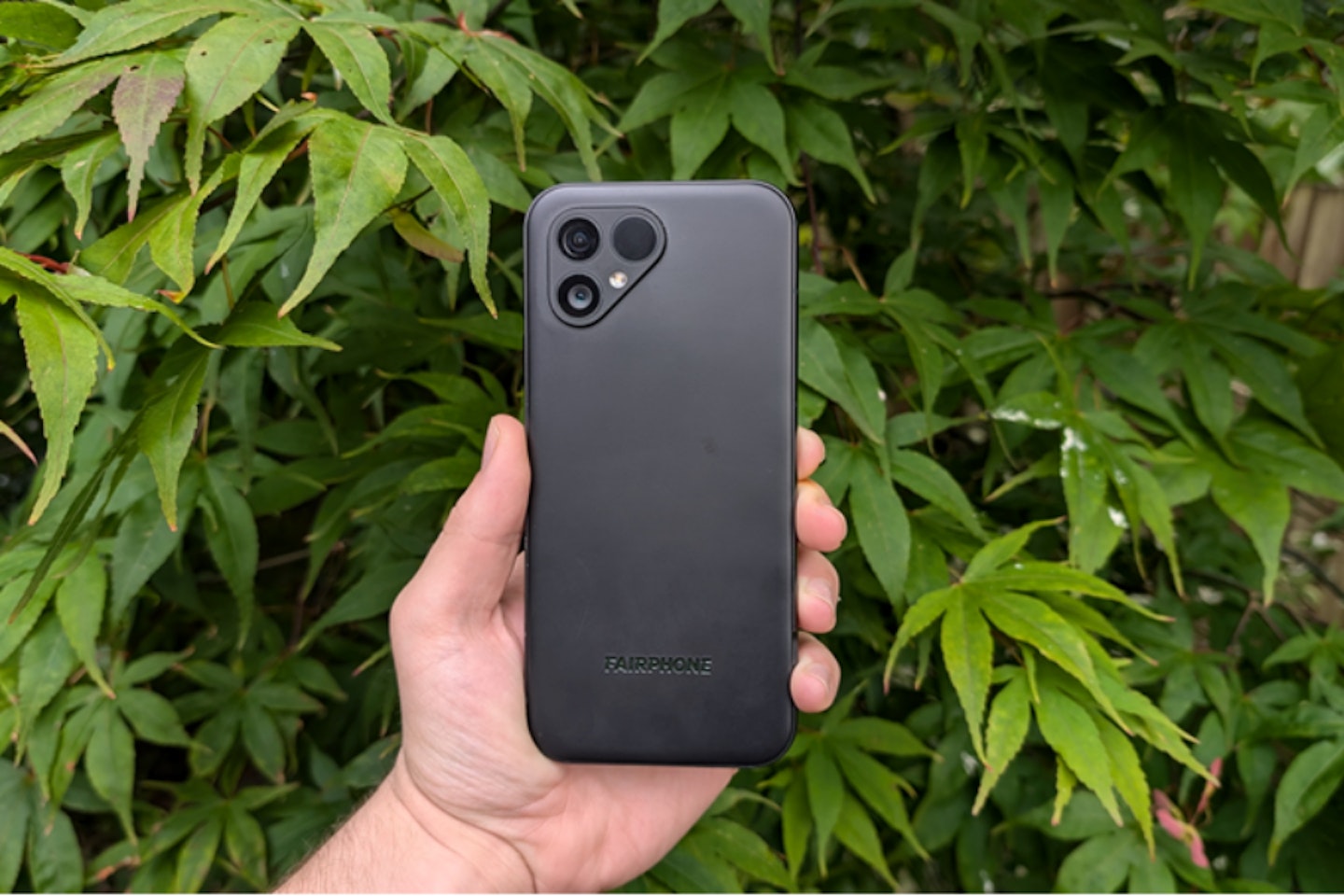
Upon first using the Fairphone 5, I wasn't immediately taken back by its design: it has a solid, weighty feel that's generally indicative of good quality in a smartphone, but signs of cutbacks in lieu of its modular design are apparent. The back is comprised of a brittle plastic, that is designed to neatly peel away with a prying fingernail, which is easy enough.
This plastic backing sent my mind hurtling back to the days of early Samsung smartphone models, one of my first being a Samsung Galaxy Note 3, it's almost a shame that the Fairphone 5 didn't come with multiple colour options as those phones once did.
Booting up the phone itself, the Fairphone 5's operating system, e/OS, an open-source operating system designed with user privacy in mind, undoubtedly feels familiar to me as an Android user but isn't without its unique quirks and features.
Design and build quality
The Fairphone 5's overall build quality, ignoring the flimsy but otherwise necessary plastic backing, is great in my experience. The matte black aluminium design of the Fairphone 5's edges feel incredibly premium in hand, and the added knowledge that it's made of 94 per cent recycled materials is frankly mindblowing.
The Corning Gorilla Glass 5 is thick and feels durable, there's no plasticky hollow tapping sound when in use that is so common in cheaper smartphones, instead the Fairphone 5's fantastic oleophobic screen and thin bezels make for a phone with a build quality that far exceeds its price.
It also has particularly strong haptics, which are undeniably aided by its aluminium edges, though they're not as precise as you might find with a newer iPhone. If you're not a fan of blaring ringtones, the loud rumble of the Fairphone 5 is sure to keep you in the know.
Display and performance
As for the Fairphone 5's overall screen performance, my initial impressions weren't the strongest, but I quickly warmed to its bold colours and solid contrast. With its peak brightness being roughly 800 nits, this isn't the brightest display we've come across. In my Google Pixel 8 review, I briefly mentioned the phone's impressive 2,000 nits peak brightness, which is certainly a lot brighter than the Fairphone 5's display.
Certainly not drab by any means, but limited in its use under direct sunlight, the Fairphone 5 has a strong screen, but there's undoubtedly room for improvement.
The slightly limited contrast is likely derived from the Fairphone 5's use of POLED technology, which utilises a plastic substrate instead of glass, hence the 'p' in POLED, in its screen panel. Using plastic, while better for durability, reduces the contrast capabilities of the Fairphone 5. And yet, the screen still manages to look and feel great.
In terms of overall smoothness, the 90Hz refresh rate of the Fairphone 5 feels great, especially for gaming apps. Yes, there are 120Hz displays on the market that do feel superior, but for most people it's hardly noticeable.
I decided to test the Fairphone 5's gaming capabilities with the popular mobile shooter Player Unknown's Battlegrounds: Mobile, a fast-paced and moderately demanding title that benefits hugely from good performance.
Jumping into my first game, though there were some initial frame rate drops, performance quickly stabilised, and movement felt practically perfect for hours of gameplay. The Fairphone 5's fantastic 8GB of RAM goes a long way to ensure that more demanding games can run with ease, and run with ease, they certainly do.
Not as silky smooth as the 120Hz refresh rate of the Google Pixel 8, but only by a fraction, the Fairphone 5's impressive performance makes it a solid choice for gamers, and with an impressive battery life, you can game on the go for hours.
Battery life
One of the most impressive features of the Fairphone 5 is undeniably its battery life, which has frankly astounded me during testing. I moderately used the Fairphone 5 and didn't charge it to see how long it would last. To my shock, even with a few hours of use each day, it lasted for over a week.
I've not used a smartphone that has managed to equal the Fairphone 5's battery efficiency, so it's safe to say that it's impeccable. Whether its battery will stand the test of time is unclear, but it's certainly worth noting as one of the best phones for battery life this year.
Audio
Another slightly weaker aspect of the Fairphone 5's design, the audio quality from the two speakers on the Fairphone 5 have a slightly distorted sound which worsens at high volumes. The sharpness of vocals that you'd typically hear just isn't there on the Fairphone 5, and it worsens when listening at full volume.
Another strange quirk of the Fairphone 5's audio is the amount of vibration the speaker produces throughout the smartphone, it makes a case feel almost necessary if you're planning on watching YouTube.
The Fairphone 5's e/OS operating system: features and advanced privacy
Swiping to the far left of the screen, you'll notice that amongst your typical features: app suggestions, cloud account access and weather reports, there's a unique 'Advanced Privacy' section that's one of the shining features of Murena's Fairphone 5.
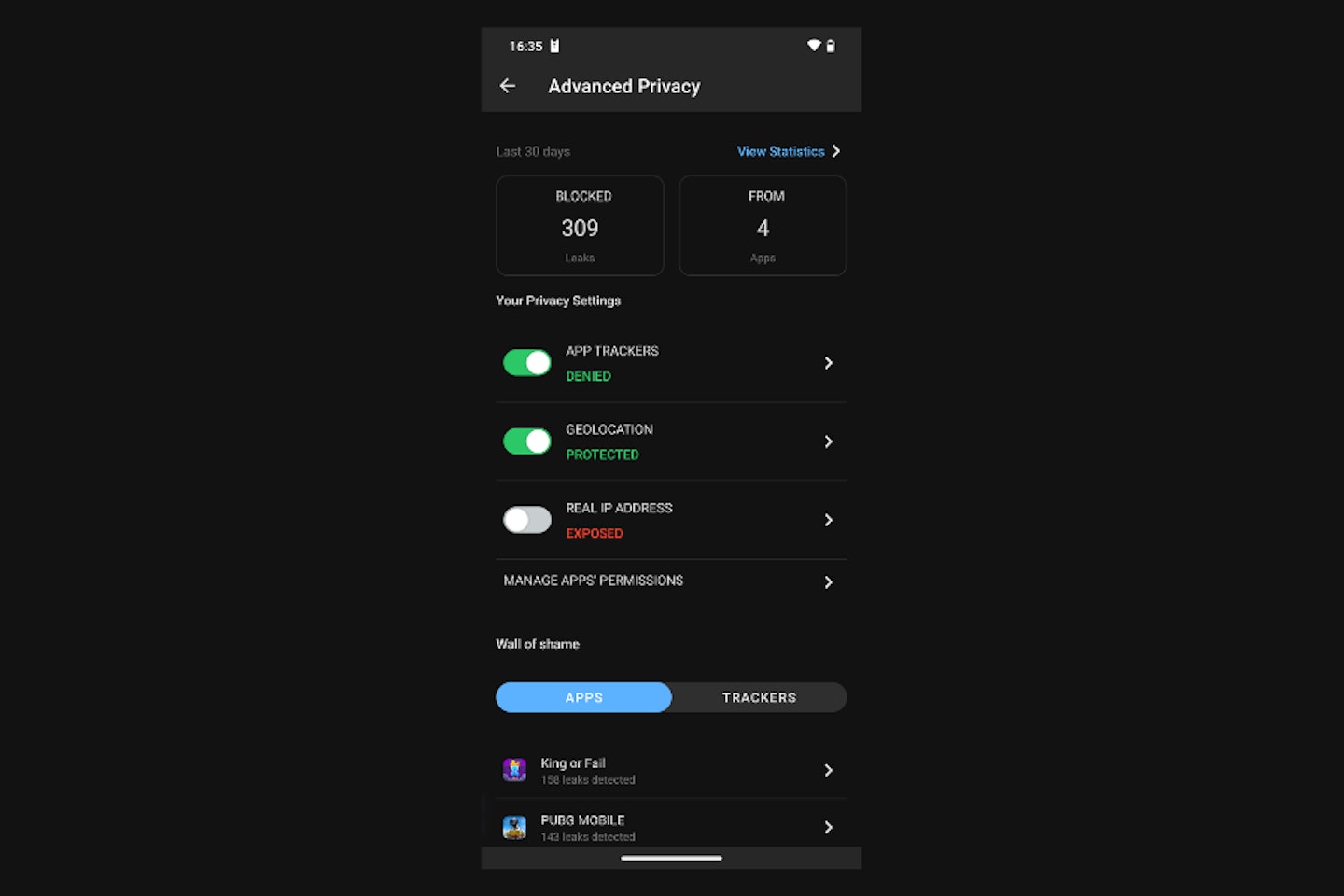
From this simplified widget, the Fairphone 5 reports on blocked trackers from your internet browsing, as well as from apps you've downloaded, a feature that isn't freely available amongst most smartphones on the market.
I had the chance to speak to Veronika Pozdniakova, Communications Manager at Murena and e/OS, who emphasised the Fairphone 5's "deGoogled" design. Google is known for heavily tracking user data, which can leave users vulnerable to data breaches or having their personal data monetized.
Veronika stressed the effectiveness of e/OS's user-oriented design, which ultimately "gives users control over their data", therefore offering peace of mind that is otherwise unattainable on a standard smartphone.
Transparency is at the forefront of the Murena Fairphone 5's operating system experience, which is why e/OS is open source: "open source software allows for community audits, which can identify and fix vulnerabilities more quickly than proprietary systems", states Veronika, and I've certainly enjoyed said benefits while using this smartphone.
Since testing the Fairphone 5, I've seen several updates cycle through, indicating to me that it's a well-supported device that isn't made to prioritise superficial features, cutting down on the frills of overpriced smartphone technology for what is a solid, reliable experience.
In keeping with its "deGoogled" ethos, the Fairphone 5 doesn't utilise Google Play as many Android-based smartphones do, but rather its very own App Lounge, which undoubtedly has user experience at heart.
I was quickly impressed by the Fairphone 5's security features when browsing its App Lounge, my favourite feature being its app privacy rating system, which gives users an idea as to how secure their data is when using the app.
Listing trackers and app permissions, the Fairphone 5 rates an app's security out of ten, with the algorithm's source code being totally accessible if you're particularly security-inclined.
The Fairphone 5's cameras

Murena's Fairphone 5 features a dual 50MP rear camera system, as well as a particularly high 50MP front camera, which left me hopeful for the promise of a great smartphone camera at a midrange price.
My overall experience with the Fairphone 5's photographic capabilities has been solid, sometimes fantastic, but often slightly underwhelming. Since my testing occurred during the boon of a sunny week in the UK, I took to my garden to capture the golden hour, but found myself battling overexposure, and what was often a slightly washed-out aesthetic.
Having said that, after some brief overcast, I managed to capture some particularly bold, vibrant photos of some wildflowers, which are full of bright colours and certainly impressed me.

Taking some photographs with the Samsung S23 Ultra, which has easily one of the best cameras on the market, the difference is certainly noticeable. The S23 Ultra's photos were captured with less vibrancy, but a much wider colour spectrum.
Colours on the Fairphone 5 undoubtedly are strong, but are a little more basic, which is to be expected from a cheaper phone.
You can switch between a regular camera lens and an ultrawide lens, which gives photos a strange, yet eye-catching depth. Colours appear stronger on the ultrawide lens, but preventing the background from looking overly blurry was undeniably challenging.
The selfie camera is similarly strong, its high resolution is certainly not wasted on the Fairphone 5, it's certainly one of the more detailed front cameras I've used.
Recording video is particularly solid, with the option to capture up to 4K footage, with some great video stabilisation options for reducing camera shakiness.
I would certainly note that the Fairphone 5's open-source design shows its slightly less-polished aesthetic when trying to navigate its labyrinthian settings, complete with walls of text that are inevitably going to leave users scratching their heads.
The hidden Camera Modes menu, stashed under the 'Flash Mode' at the top, reveals some entertaining modes to toy with, especially if you're into your photography.
Environmental sustainability: the greenest smartphone on the market?
Made from 70 per cent recycled materials, manufactured with 100 per cent renewable energy with fairly paid workers, supported by Murena for five years, and completely repairable from the comfort of your home, never have I been more impressed by the sheer lengths a smartphone manufacturer has gone to to make its phone so environmentally-friendly.
As Murena's Veronika Pozdniakova stated: "Compared to other smartphone models, the Fairphone 5 stands out due to its focus on ethical sourcing of materials, modular design for easy repairs, and long-term software support", and I couldn't agree more.
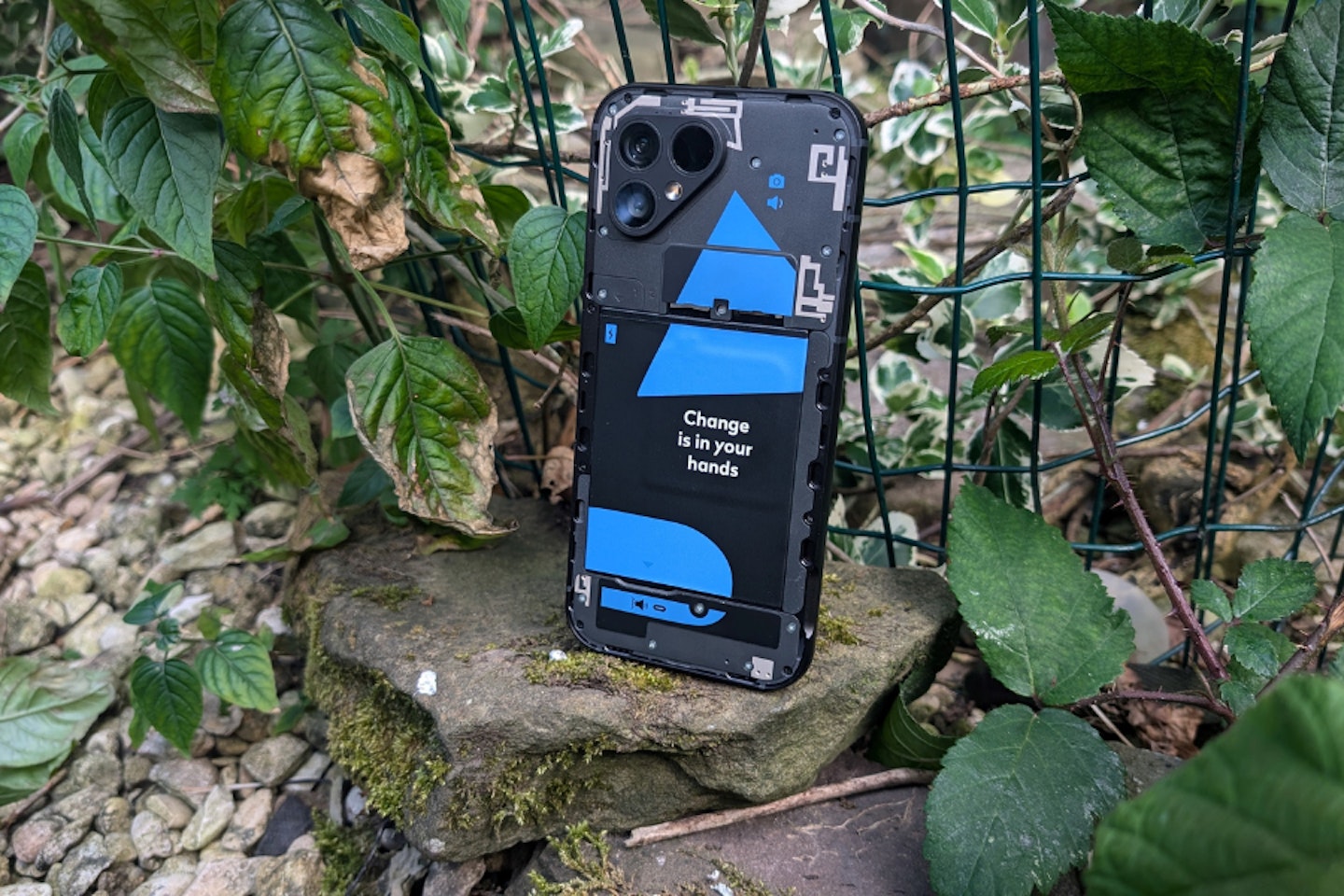
The design of the Fairphone 5 features 10 modular components which can be easily removed and bought from their spare parts store at a price that vastly outcompetes visiting a phone shop, or replacing the smartphone altogether.
I noted the strength of the Fairphone 5's battery life earlier, but to have the potential for an immediate component swap after a couple of years of use is a feature unseen in the modern smartphone market.
Everything from the camera, battery, speakers, screen, charging port, earpiece, and screws can be bought online, which is nothing but a blessing for Fairphone users.
Combined with Fairphone's use of recycled materials and smartphone refurbishment, it's no wonder why they're at the forefront of the green smartphone market right now.
Improving the life-cycle of smartphone technology
A crucial, yet overlooked part of what makes the Fairphone 5 a reliable choice for smartphone users, the life-cycle of the Fairphone 5 is a formidable five years, but what does this mean?
Essentially, Murena will support the Fairphone 5 for the next five years with security updates, ensuring it has the latest OS version so that performance remains strong for a long time.
But it doesn't stop there, Murena use open-source software, which allows anyone with an aptitude for coding to create programs for e/OS itself: "Open-source software can be updated and maintained for longer periods, even if the original manufacturer stops support", stated Veronika, giving users an unheard of amount of value when it comes to keeping their smartphone for the longest possible time without need of upgrading.
The added benefit of using an open-source software such as e/OS isn't just limited to the Fairphone 5, rather, it's available across a multitude of smartphones thanks to its open design. This means that if you have an old phone that's no longer supported by Android, you can replace its operating system with e/OS, giving it a new life-cycle entirely.
The developers of e/OS have posted a lengthy article covering the basics of installing e/OS on your smartphone, along with a list of other compatible smartphones, so you too can add its operating system to your smartphone, and it doesn't cost a penny.
Any issues?
Covering the main aspects of the Murena Fairphone 5, it's safe to say that whilst the phone is brilliant, there are areas where improvement would make it a serious contender for one of the best smartphones of the year.
For one, I'd like to see a stronger speaker on the device itself, as well as some efforts in dampening audio vibrations when in use. The rattling, slightly discomforting sensation of listening to music or watching YouTube videos on the Fairphone 5 doesn't provide a lot of comfort, which is a slight shame considering the screen is solid.
What's more, the plastic backing of the Fairphone 5, while a smart decision for the sake of environmental sustainability, feels brittle and flimsy, breaking easily with enough drops and falls, I'd wager.
To remedy this, a thicker plastic or even tough glass backing would make the Fairphone 5 feel much more luxurious, despite the challenges that might bring to the phone's modularity.
Price and competition
At its current price of £584.99 on Amazon, I believe that the Fairphone 5, for all intents and purposes, is a fantastic value right now, with aspects that feel borrowed from a much more expensive model.
Its sheer longevity, impressive battery life, and great performance make for a pleasing smartphone experience, one that I've not seen a midrange phone compare to in my testing.
Paired with its five-year pledge of software support, and you have a phone that'll stand the test of time, and then some.
Looking at other smartphones of a similar price range, the Google Pixel 8a, for example, the Fairphone 5's build quality, high RAM and good general performance are difficult to beat, though some may prefer the overall user experience that a Google phone may provide, trackers and all.
Who is it for?
The Murena Fairphone 5 is made for users looking to get the most out of their smartphone experience: with years of software updates, and its phenomenal modular design, the Fairphone 5 is ideal for those who know what they like, and wouldn't like to deviate from it at all.
It's also suitable for security-conscious users, thanks to its array of tracker detection technology and app store that encourages user awareness of potential data risks of smartphone technology.
If you enjoy environmentally-friendly technology, you'll love the Fairphone 5, its strong life-cycle, recycled construction and zero-carbon emission manufacturing ensures that there's no guilt in ordering this brilliant smartphone.
Would we recommend it?
I'd certainly recommend the Fairphone 5 for a myriad of reasons: its sheer quality for its low price, impressive environmental sustainability and lifespan alone are enough to convince most that this smartphone is absolutely worthwhile.
If that's not enough, however, then there's plenty to enjoy from its performance: 8GB of AM in a smartphone under £600 is nothing to turn your nose up at, so it's a strong choice for mobile gamers.
That being said, there are certain drawbacks to its open-source nature: certain aspects of navigation lack a level of polish that you might expect from iPhones or the best Android phones, but it's something you're bound to become accustomed to.
If you're planning on purchasing the Fairphone 5, you can also buy it straight from the Murena store, along with the smartphone's modular replacement parts and other models.

Pros
- Fantastic environmentally friendly design
- A secure, tracker-free smartphone experience
- Soild cameras for good photography
Cons
- The audio has a muffled, tinny sound
| Cameras: | Dual 50MP rear cameras, 50MP front camera |
| Display: | 6.46-inch OLED, 1224 x 2700 pixels, 90Hz refresh rate, Corning Gorilla Glass 5 |
| Processor: | Qualcomm QCM6490 |
| RAM: | 8GB LPDDR4X |
| Storage: | 256GB, expandable via microSD |
| Battery life: | 4200 mAh, supports 30W fast charging |
| Dimension: | 161.6 x 75.8 x 9.6 mm (H x W x D) |
| Weight: | 212 g |
Other smartphones to consider:
A fantastic smartphone from Google, this similarly priced Google Pixel 8 is packed with performance power, and plenty of style to boot.
Check out my Google Pixel 8 review to get a proper deep dive into what makes this phone so brilliant.
Pros
- Great performance
- Fantastic design
- Good battery life
Cons
- Fairly plasticky screen with a hollow tapping sound
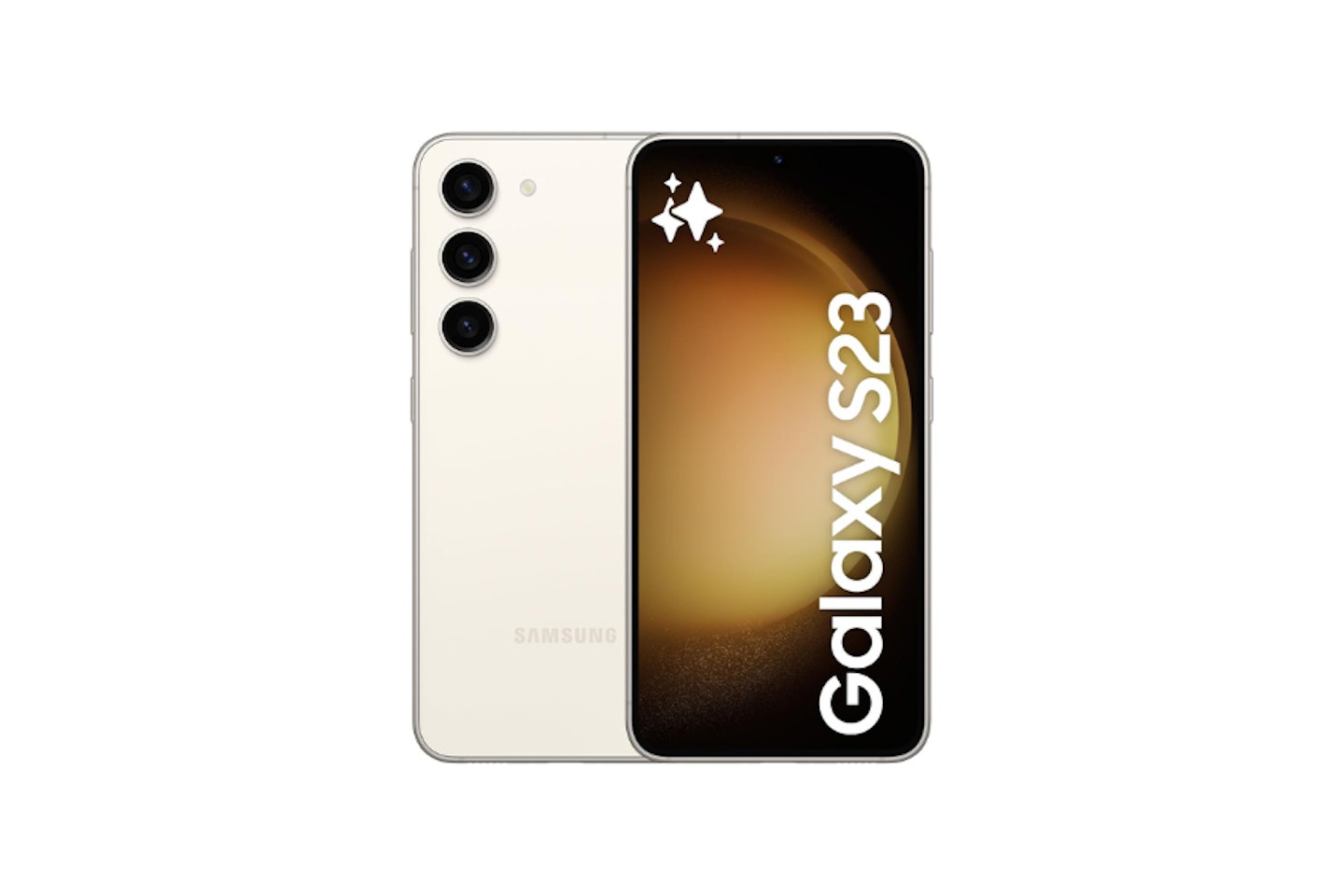 Samsung
Samsung Since its initial release in 2023, the Samsung Galaxy S23 has reduced in price significantly, giving users access to a speedy, comfortable phone for cheaper than ever before. These ultra-quick phones are perfect for gaming, and should definitely be considered if you're looking for something mid-range.
Pros
- Good value Samsung phone
- Solid, small design
- Impressive performance
Cons
- Fairly mediocre camera
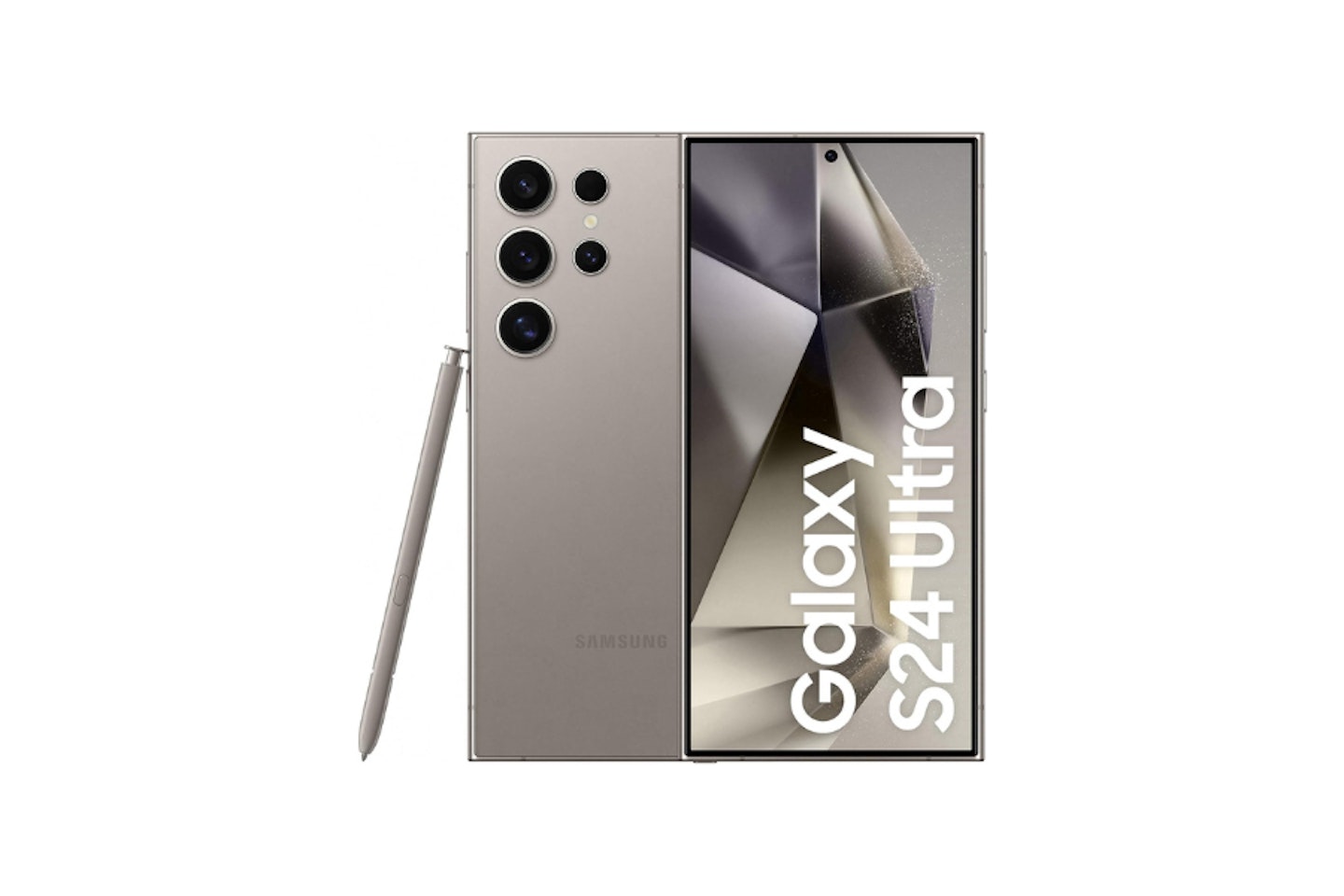 Samsung
Samsung Looking for something top-tier? This monster of a smartphone, the Samsung S24 Ultra has one of the best smartphone cameras on the planet, and is packed with AI-powered features. A pricey option, to be sure, but for the best, you've got to pay a heavy price.
Pros
- Strong performance
- Amazing 200MP camera
- Great 6.8-inch screen design
Cons
- Very expensive compared to other smartphone options
Who tested it?
Ryan Houghton is a content writer for What's The Best, having reviewed countless technologies from speakers, to headphones, and smartphones. He enjoys testing cutting-edge smart technology, with a particular niche in smartphones.
How the product was tested
I tested the Fairphone 5 for two weeks, substituting my smartphone for it during this time. I aimed to test the Fairphone 5's various features, its cameras, screen, build quality, and app features to create a full picture of how the device is to use.
At What's The Best, we employ fair testing to create an unbiased look at products for users, demystifying technological jargon and hardware specifications into easy-to-understand terminology, so you know exactly what you're paying for. For more information, you can read how we test products on our webpage.
Ryan Houghton is a commercial content writer for What’s The Best, known best for his expertise in gaming, with a particular soft spot for PC gaming, audio tech, televisions and smartphones.
Diligently writing for What’s The Best for almost two years, there are very few tech products Ryan hasn’t had his hands on to review; televisions, headphones, folding phones and even LEGO, if it’s nerdy, he’ll be there.
His well-versed history as one of the resident techies at What’s The Best has kept him keen to uncover the very best deals, savings and offers for those in need of a cracking deal to upgrade their setup.
In his downtime, Ryan most likely has his nose buried in a fantasy book, or his eyes glued to a screen whilst playing a tough-as-nails Soulslike or leisurely RPG, indulging in most forms of escapism where possible.
Subscribe to the What’s The Best Newsletter to keep up to date with more of the latest reviews and recommendations from the rest of the What’s The Best team.
